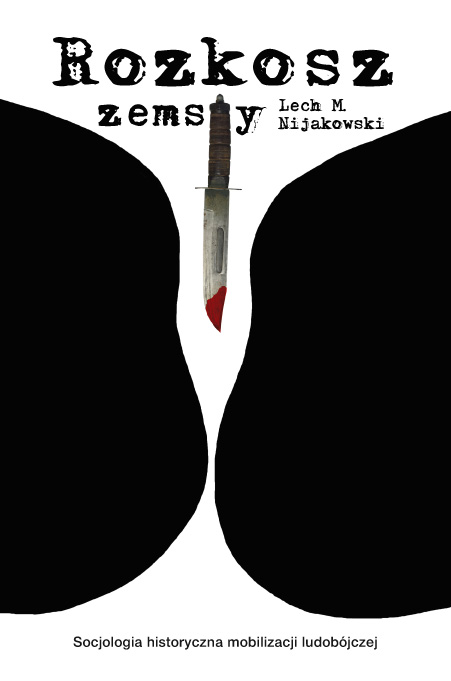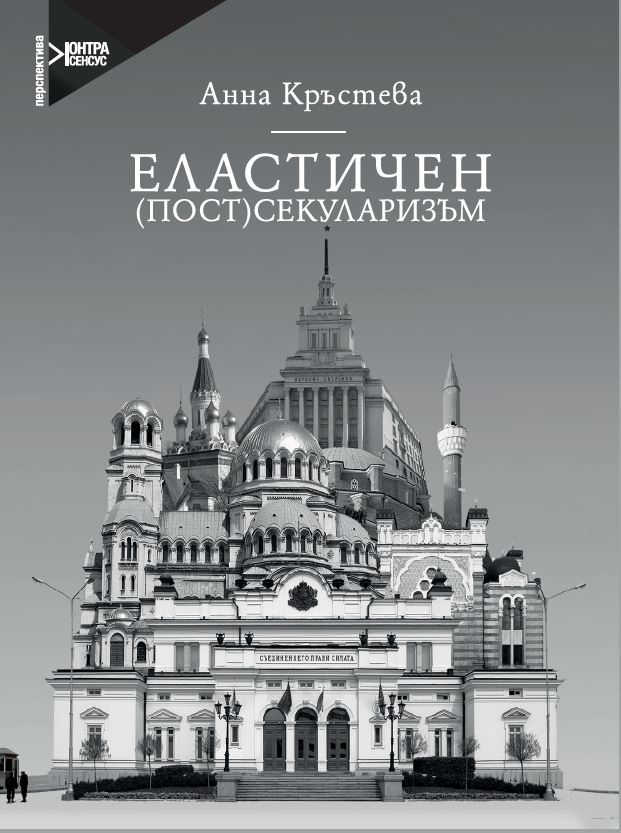Author(s): Adam Wojtaszek / Language(s): English
There are several aspects in which the present book is unique. First of all, it tests the analytic potential of theoretical concepts and constructs which have not yet been applied to the analysis of the advertising discourse, although such a possibility was envisaged by some of the authors (e.g. Giora, 2003). Secondly, it offers a comparative elaboration of advertising corpora from three different cultural backgrounds: Polish, British and Chinese; a combination which has not yet been, to the best of my knowledge, covered in literature. Finally, it is also heavily biased towards critical methodological reflection, exposing many aspects of making certain choices vis-à-vis the analytic perspective and material. It was possible, thanks to the application of such a viewpoint, to unmask and appreciate the contribution of the observer effect in the study of the advertising discourse. Especially in the context of application of the Politeness framework to the analysis of commercials the book has managed to demonstrate how big may be the impact of the way of viewing. The evaluation of the practicality, usefulness and common sense of such applications is left to the readers, who may disagree with the author in this respect.
The book unfolds in three stages. In the first chapter the contributions of particular types of selective focus applied in the study of advertisements are presented and critically evaluated. In particular, the impacts of choices pertaining to the object of the study, the preference for the approach (bottom-up versus top-down) and the alternatives implicit in opting for the content analysis or the investigation of responses were examined. The second chapter elaborates on an attempt to look at the advertising discourse from the perspective of Politeness Theory, as a peculiar forms of communication between the advertiser and the recipients. Following an extensive discussion of the applicability of the framework and the necessary methodological modifications, a two-step study is presented in which Polish, British and Chinese participants were reflectively commenting on a selection of press advertisements from three corresponding corpora. The subsequent comparative investigation of their responses allowed for identification of language- and culturerelated idiosyncrasies. The third chapter, which is the most extensive, is divided into two major parts. The first one draws upon Giora’s (2003) Graded Salience Hypothesis in proposing the constructs of static and dynamic salience which are subsequently used in the analysis of the corpora, followed by the investigation of Optimal Innovation Hypothesis applied to selected advertisements. In the second part of the third chapter, Kecskes’s (2008) model is applied to the description of advertisements from Polish, British and Chinese newspapers and magazines. In particular, the notion of context is decomposed into several distinct sub-categories, conveniently summarising and explicating the contributions offered by each of them.
More...












